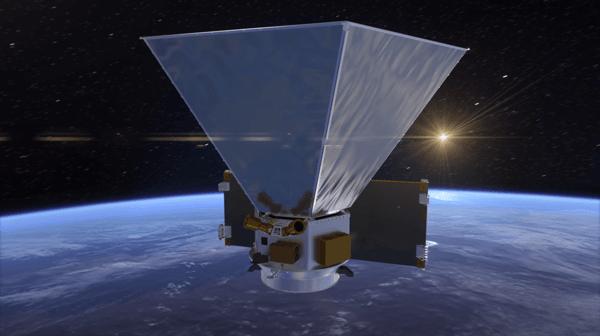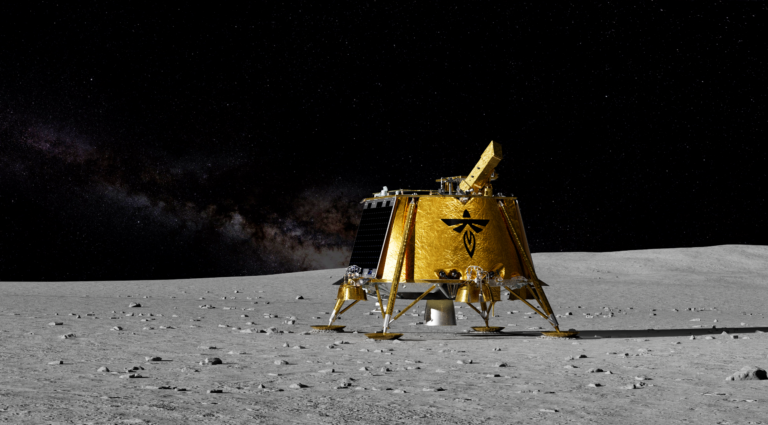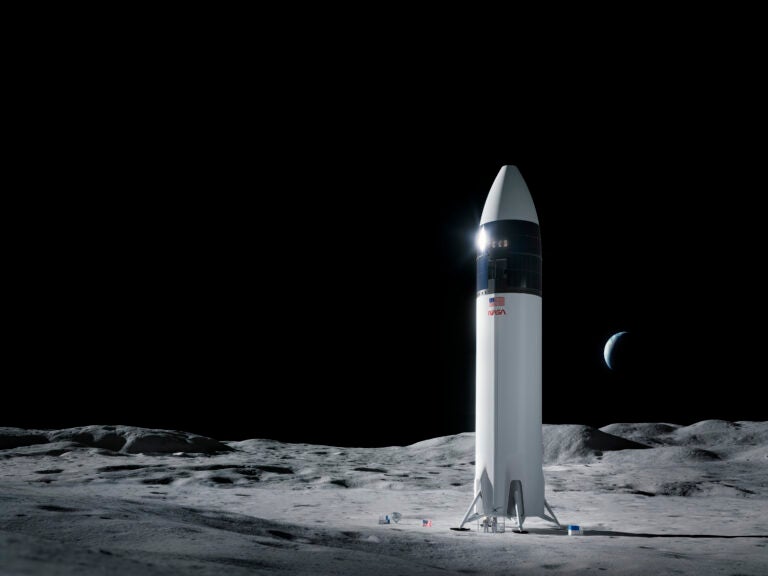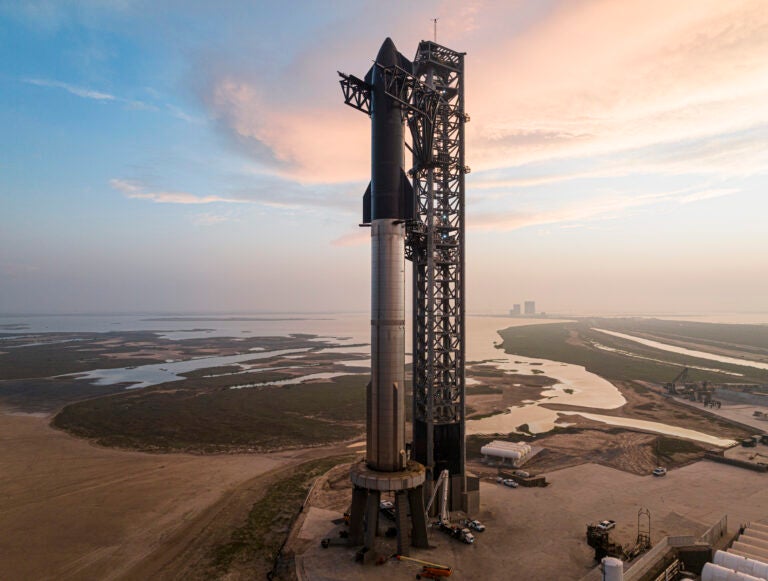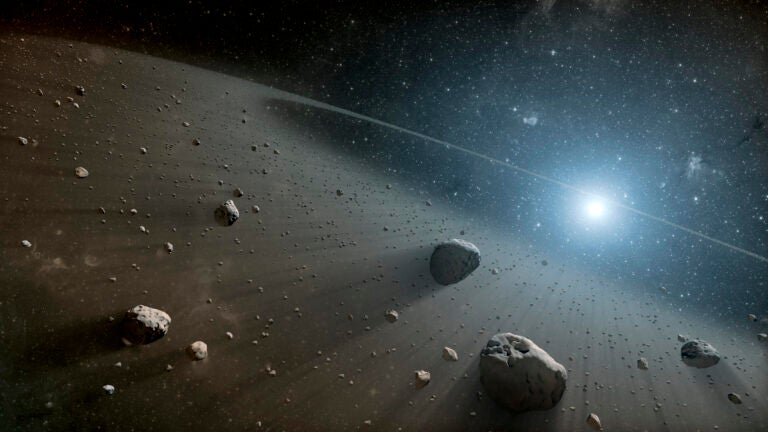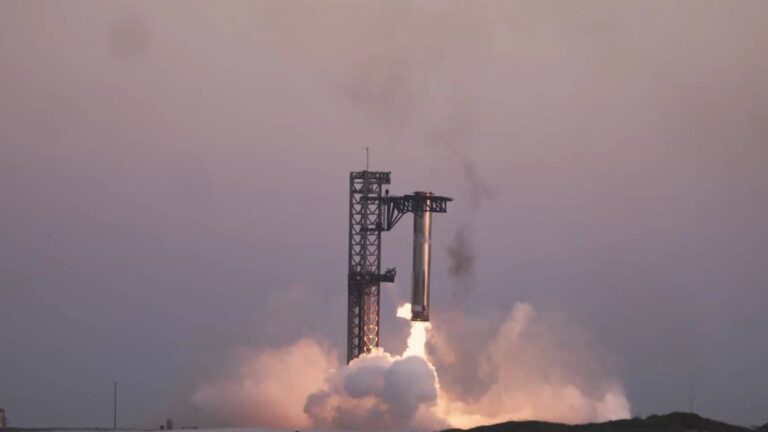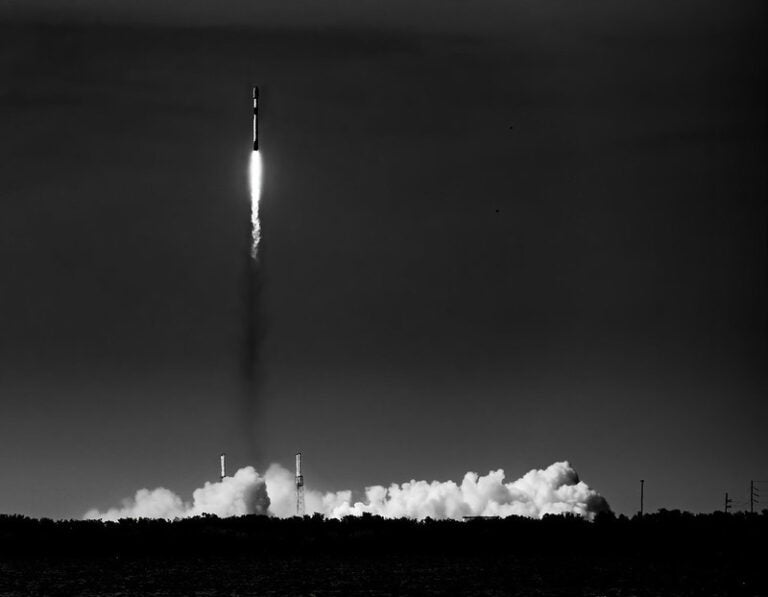Over the past three decades, the Hubble Space Telescope has helped astronomers unlock many mysteries about planets, stars, nebulae, and even distant galaxies. And the James Webb Space Telescope (JWST), launched last December, aims to soon extend Hubble’s gaze even farther out into the cosmos.
However, both Hubble and JWST tend to set their sights on individual targets for scrupulous observations. And that’s definitely not the case for NASA’s next great space observatory, SPHEREx, which will have its eye set on the bigger picture.
Last month, NASA approved the design of SPHEREx, short for Spectro-Photometer for the History of the Universe, Epoch of Reionization, and Ices Explorer. That means the mission is now ready to move onto the building phase. SPHEREx is expected to launch sometime between June 2024 and April 2025, with its primary mission expected to last about two years. And with such a lofty name, the telescope is destined to pursue its lofty goal of capturing data on more than 300 million distant galaxies, as well as about 100 million stars within our own Milky Way.
Every six months, the telescope will scan nearly 99 percent of the entire sky. To do so, according to SPHEREx Project Scientist Olivier Dore, it will target each section of space four total times for 112 seconds each time. By taking this approach, SPHEREx will use its relatively modest scope to get a broader picture of the universe than either Hubble or JWST can.
“It’s the difference between getting to know a few individual people, and doing a census and learning about the population as a whole,” said Beth Fabinsky, Deputy Project Manager for SPHEREx, in a March 24 press release. “Both types of studies are important, and they complement each other. But there are some questions that can only be answered through that census.”
One of SPHEREx’s mission objectives is to hunt for galactic objects containing water and organic materials, helping astronomers identify areas with the greatest likelihood of harboring life. According to SPHEREx Principal Investigator Jamie Brock, each of the scope’s pixels will take in 6.2 arcseconds worth of sky, meaning SPHEREx will not be able to resolve individual objects. However, that resolution is perfect for pinpointing promising areas worthy of further investigation by more high-powered tools.
To capture information about specks of dust or water droplets located some 10 billion light-years from Earth, SPHEREx will study the sky in 96 bands of optical and near-infrared light using a technique called spectroscopy, which is a method for breaking light into its component colors (wavelengths). Researchers will then analyze the various wavelengths observed, enabling them to glean information about the elements contained within their targets.
Unlike other recent space telescopes, SPHEREx will be relatively small, sporting a 7.8-inch (20 centimeter) mirror and a 10.5 foot (3.2 m) sunshield. For comparison, JWST, the largest space telescope yet, has mirrors about twice a big as SPHEREx’s sunshield.
With SPHEREx’s expected launch as little as two years away, the mission’s recent approval paves the way for the all-important build phase. The California Institute of Technology and Jet Propulsion Laboratory will develop the SPHEREx payload, while Ball Aerospace will build the spacecraft and provide mission integration. The Korea Astronomy and Space Science Institute will provide test equipment for the craft, such as an earthbound cryogenic test chamber, as well as help analyze the data SPHEREx returns once it reaches its 430-mile-high (700 km) orbit and starts observing.

